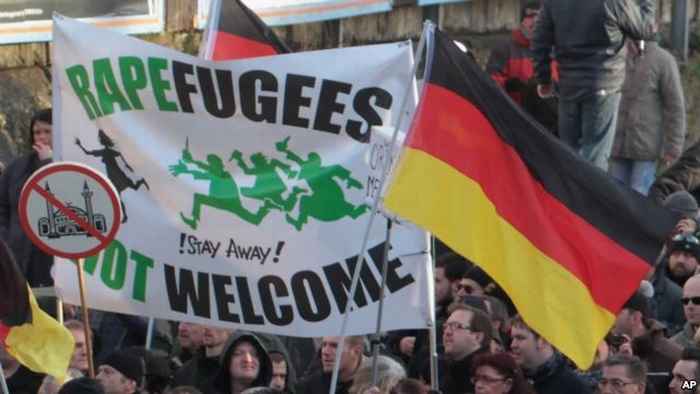Gender equality and LGBTQI-rights in refugee politics: a transatlantic comparison
By Anne Louise Schotel
LGBTQI- and women’s rights are increasingly co-opted in public and political debates on the inclusion of refugees into receiving nation-states. Refugees’ race, religion and gender are central to the way they are framed in public and political debate. Professor Anna Korteweg investigated the construction of these frames in the final ARC-GS lecture of 2016, jointly organized by IMES and ACCESS EUROPE.

